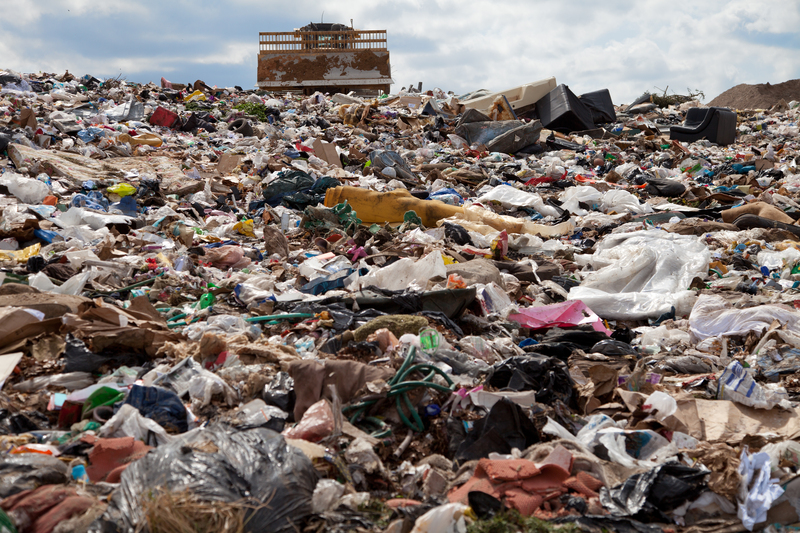Branching Out: Celebrating the Contributions of Trees to City Life
Posted on 19/09/2025
Introduction
Trees are an integral part of our cities, providing us with numerous benefits that often go unnoticed. From providing shade on a hot summer day to improving air quality, trees play a vital role in creating livable and sustainable urban environments. As we continue to expand our cities and urbanize more areas, it is important that we recognize and celebrate the contributions that trees make to city life.

The Benefits of Trees in Cities
One of the major benefits of trees in cities is their ability to improve air quality. Trees act as natural air filters, absorbing harmful pollutants such as carbon monoxide, sulfur dioxide, and nitrogen oxides. This is especially crucial in heavily industrialized or traffic-congested cities where air pollution levels can be dangerously high. Trees also produce oxygen through photosynthesis, making the air cleaner and healthier for city dwellers.
Moreover, trees provide much-needed shade in cities, reducing the amount of heat absorbed by buildings and concrete surfaces. This helps to mitigate the urban heat island effect - a phenomenon where urban areas experience higher temperatures than surrounding rural areas due to human activities. Keeping cities cooler not only makes them more comfortable for residents but also reduces energy consumption and lowers greenhouse gas emissions from air conditioning systems.
Trees also have a positive impact on mental health. Studies have shown that exposure to greenery and nature can reduce stress levels, improve mood, and increase overall well-being. In bustling cities where people are constantly surrounded by noise and pollution, having trees and green spaces can provide a welcome respite.
The Challenges of Urban Tree Growth
Despite their many benefits, urban trees face unique challenges that hinder their growth and survival. One of the biggest challenges is limited space. With more buildings, roads, and infrastructure taking up space in cities, the room for tree growth is increasingly limited. This results in smaller tree sizes and can also lead to competition for resources, making it difficult for trees to thrive.
Another challenge is pollution. As cities become more industrialized, trees are exposed to higher levels of air and water pollution, which can weaken their immune systems and make them more susceptible to diseases and pests. In addition, urban trees often face damage from construction activities, road salt, and other human activities.
Tips for Maintaining Healthy Urban Trees
To ensure that trees continue to thrive in our cities, proper maintenance is crucial. Cities should invest in regular tree care programs such as pruning, fertilization, and pest management. Planting native tree species can also help improve their chances of survival as they are better adapted to the local climate and conditions.
Another important step is to prioritize green space and tree preservation in city planning. This can help prevent the loss of mature trees due to development projects and encourage the planting of new trees in empty spaces. Innovative solutions like green roofs and living walls can also be incorporated into city design to maximize greenery in urban areas.
The Pros and Cons of Urban Trees
As with any aspect of city life, there are both pros and cons to having trees in urban areas. On one hand, they provide numerous benefits such as cleaner air, cooler temperatures, and improved mental health. On the other hand, maintaining healthy trees in cities can be costly and challenging due to limited space and pollution. However, with proper planning and investments in tree care programs, the benefits of urban trees far outweigh any potential drawbacks.

Takeaways
The contributions of trees to city life cannot be underestimated. They provide multiple benefits that improve the quality of life for urban residents. To ensure a sustainable future for our cities, it is important that we recognize the value of trees and take steps to preserve and expand their presence in urban environments.
Conclusion
In conclusion, trees are an essential part of our cities, providing numerous benefits that make them more livable and enjoyable places to live. As we continue to expand and develop our cities, it is vital that we prioritize the preservation and growth of urban trees. By doing so, we can create healthy, sustainable, and vibrant cities for generations to come.





